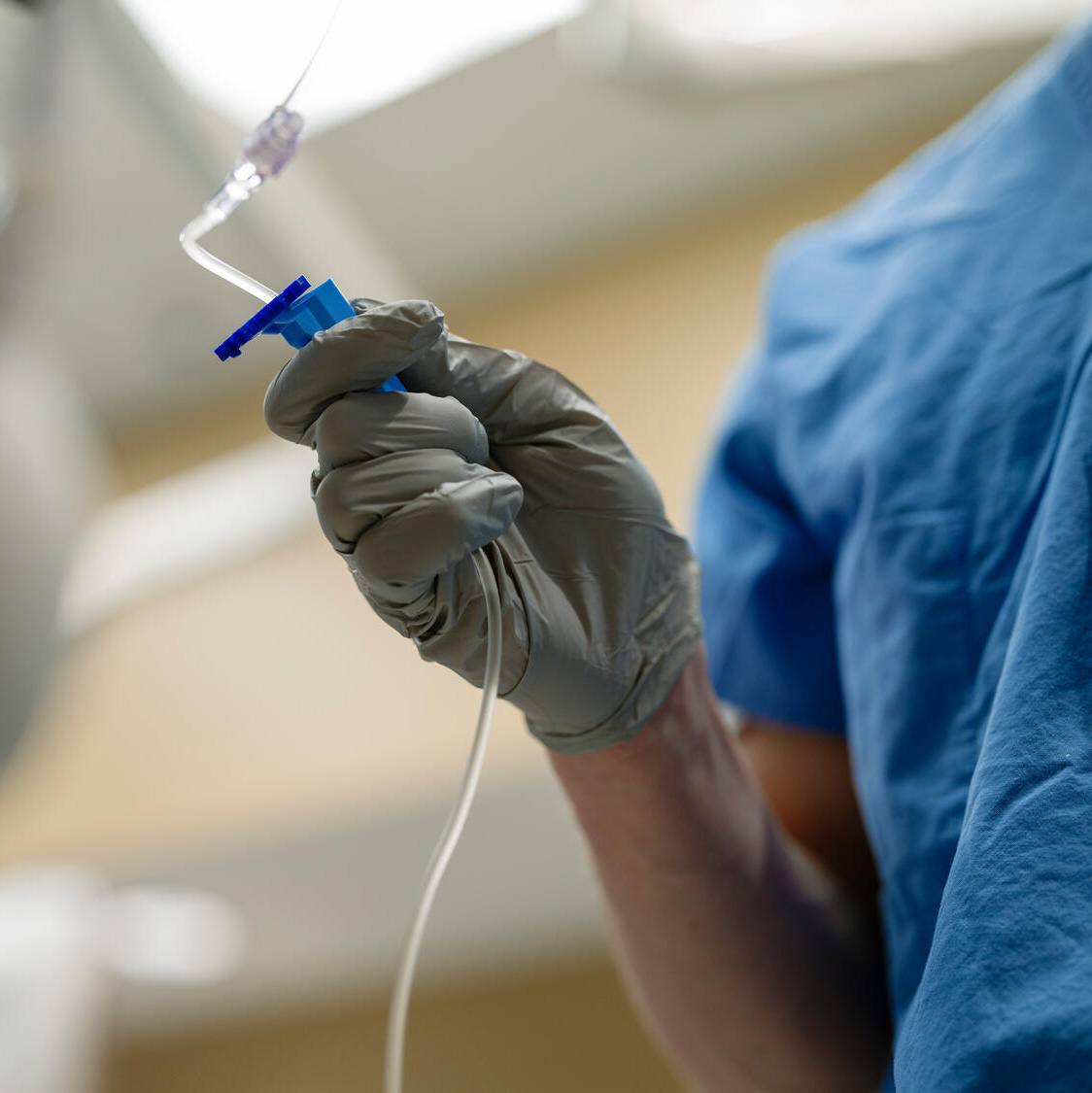-
National Screening Benchmarks For Finding Polyps During a Colonoscopy Might be Too Low, Mayo Clinic Says
JACKSONVILLE, Fla. — Current national guidelines provide benchmarks regarding the number of polyps physicians should detect, on average, during a colonoscopy. Recent studies at Mayo Clinic's campus in Florida suggest these benchmarks may be too low.
Their study, in the online issue of Gastrointestinal Endoscopy, found that use of high-definition imaging tools in 2,400 individuals undergoing a screening colonoscopy at the clinic led to an adenoma detection rate (ADR) of 25 percent in women and 41 percent in men. Current national guidelines set the benchmark ADR at 15 percent in women and 25 percent in men for individuals at average risk of colorectal cancer — those without a family history or symptoms of the cancer.
Adenomas are potentially precancerous polyps, and ADR is defined as the percentage of screened patients with at least one adenoma detected. So, a 15 percent ADR in women means 15 of 100 women screened were found to have at least one potentially precancerous polyp.
"Our study suggests that national benchmarks may be too low given our increasing ability to find polyps using the high-definition colonoscopy tools that a majority of physicians use today," says Michael Wallace, M.D., M.P.H., chief of the Division of Gastroenterology and Hepatology at Mayo Clinic in Florida.
"We want to be able to detect all polyps that may turn cancerous, and our study shows these polyps may be more prevalent than had been recognized at the time national standards were drafted," he says. "While many of the polyps we found were small, and we cannot say that they would have turned cancerous, our goal as gastroenterologists and physicians is to detect and remove all potentially precancerous polyps."
Dr. Wallace says that colonoscopy has led to a 50 percent reduction of colorectal cancer in those who have been screened. "But the question we need to constantly ask ourselves is: Why isn't screening preventing all cases of the cancer?" he says. "We need to focus on maximizing quality of screening colonoscopy so that we can detect every polyp that is likely to become cancerous and remove them before they do."
The study, which is part of the Endoscopic Quality Improvement Program (EQUIP), clinical trial also found a higher rate of advanced polyps in both men and women. These are polyps that are larger than 1 centimeter in size or which have more advanced precancerous pathology. Researchers found that 8.7 percent of women and 15 percent of men had these polyps. "Studies using older, lower definition colonoscopy screening technology had put detection rates of those kinds of polyps at about 5 percent, so our findings suggest that rate should also be higher," Dr. Wallace says.
Colonoscopies should be performed by a gastroenterologist or by a physician who is board certified to conduct these screenings, Dr. Wallace says. And among these specialists, a physician's ability to detect polyps is less a matter of age or experience, but is more likely related to a commitment to continuous quality improvement — to training that helps these physicians know what to look for and how to do that carefully, he says.
The study was funded by Mayo Clinic Foundation for Research and Education.







